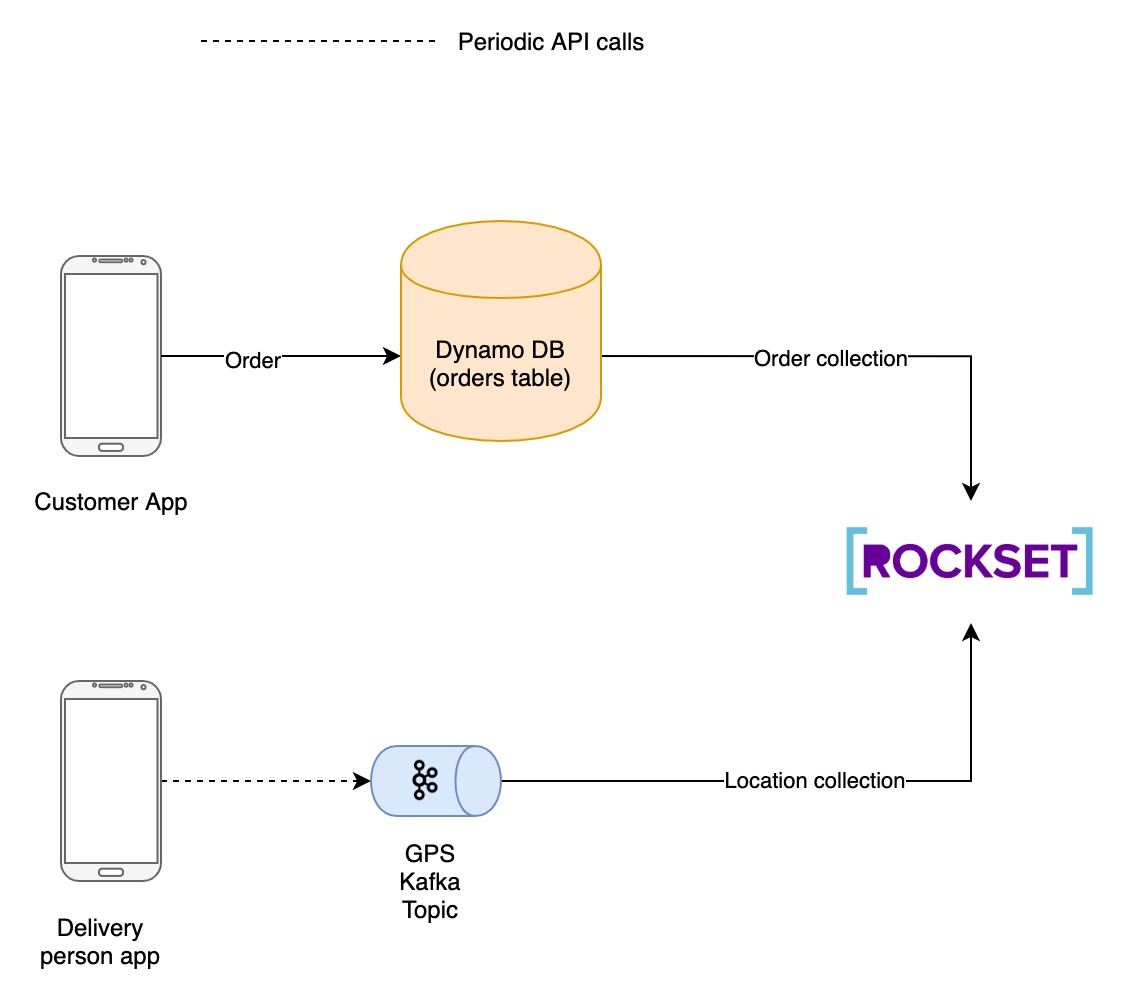
Navigation – Quick navigation takes you to an object independent of whether it has just been created in your code, or it has already been read from a database. Navigate through the data by foreign keys and use the text search to find anything in the data displayed in the data editor. Database Editor – The powerful data editor lets you add, remove, edit, and clone data rows. It also provides a UI for adding and editing tables, columns, indexes, constraints, etc. Database Objects – DataGrip introspects all objects in your databases and displays them in folders grouped by schemas. It provides database introspection and various instruments for creating and modifying objects for the supported engines. If the DBMS has a JDBC driver you can connect to it via DataGrip. Support for Multiple Databases – DataGrip is the multi-engine database environment. Introducing DataGripĭataGrip boasts many of the must-have features you’d expect from a database GUI tool including: Yugabyte’s SQL API (YSQL) is PostgreSQL wire compatible. 
What’s YugabyteDB? It is an open source, high-performance distributed SQL database built on a scalable and fault-tolerant design inspired by Google Spanner.
#Datagrip dynamodb driver how to
In this post we’ll show you how to get DataGrip connected to a YugabyteDB cluster, use it to build a sample database, load it up with data and browse it.

And because YugabyteDB is PostgreSQL compatible, getting DataGrip to work with a distributed SQL database is relatively simple. DataGrip from JetBrains is a well-rounded, visual database tool that supports almost 20 SQL and NoSQL databases from a single interface. If you’re a database developer, you know the time saving value of an IDE in helping you create and navigate database objects, plus query and edit data from single UI.






 0 kommentar(er)
0 kommentar(er)
